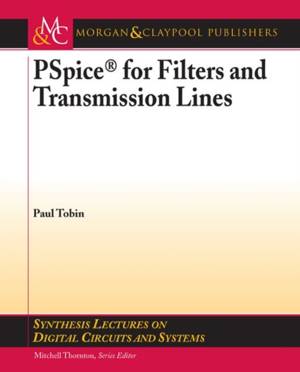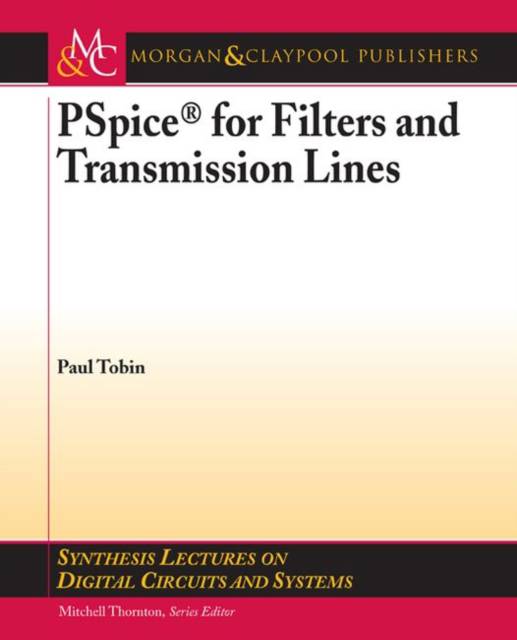
- Afhalen na 1 uur in een winkel met voorraad
- Gratis thuislevering in België vanaf € 30
- Ruim aanbod met 7 miljoen producten
- Afhalen na 1 uur in een winkel met voorraad
- Gratis thuislevering in België vanaf € 30
- Ruim aanbod met 7 miljoen producten
Zoeken
Omschrijving
In this book, PSpice for Filters and Transmission Lines, we examine a range of active and passive filters where each design is simulated using the latest Cadence Orcad V10.5 PSpice capture software. These filters cannot match the very high order digital signal processing (DSP) filters considered in PSpice for Digital Signal Processing, but nevertheless these filters have many uses. The active filters considered were designed using Butterworth and Chebychev approximation loss functions rather than using the 'cookbook approach' so that the final design will meet a given specification in an exacting manner. Switched-capacitor filter circuits are examined and here we see how useful PSpice/Probe is in demonstrating how these filters, filter, as it were. Two-port networks are discussed as an introduction to transmission lines and, using a series of problems, we demonstrate quarter-wave and single-stub matching. The concept of time domain reflectrometry as a fault location tool on transmission lines is then examined. In the last chapter we discuss the technique of importing and exporting speech signals into a PSpice schematic using a tailored-made program Wav2ascii. This is a novel technique that greatly extends the simulation boundaries of PSpice. Various digital circuits are also examined at the end of this chapter to demonstrate the use of the bus structure and other techniques.
Specificaties
Betrokkenen
- Auteur(s):
- Uitgeverij:
Inhoud
- Aantal bladzijden:
- 168
- Taal:
- Engels
- Reeks:
Eigenschappen
- Productcode (EAN):
- 9781598291582
- Verschijningsdatum:
- 31/03/2007
- Uitvoering:
- Paperback
- Formaat:
- Trade paperback (VS)
- Afmetingen:
- 191 mm x 235 mm
- Gewicht:
- 299 g

Alleen bij Standaard Boekhandel
+ 114 punten op je klantenkaart van Standaard Boekhandel
Beoordelingen
We publiceren alleen reviews die voldoen aan de voorwaarden voor reviews. Bekijk onze voorwaarden voor reviews.











